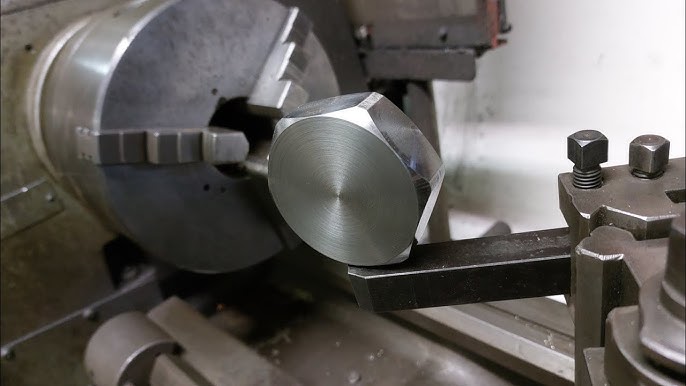Lathes are essential tools in the manufacturing and metalworking industries. Without them, many of the products we use every day would not be possible. Lathes are known for their precision and versatility, making them critical to the industry. But what exactly are lathes used for? Lets delve into the numerous applications and advantages of this terrific technology.
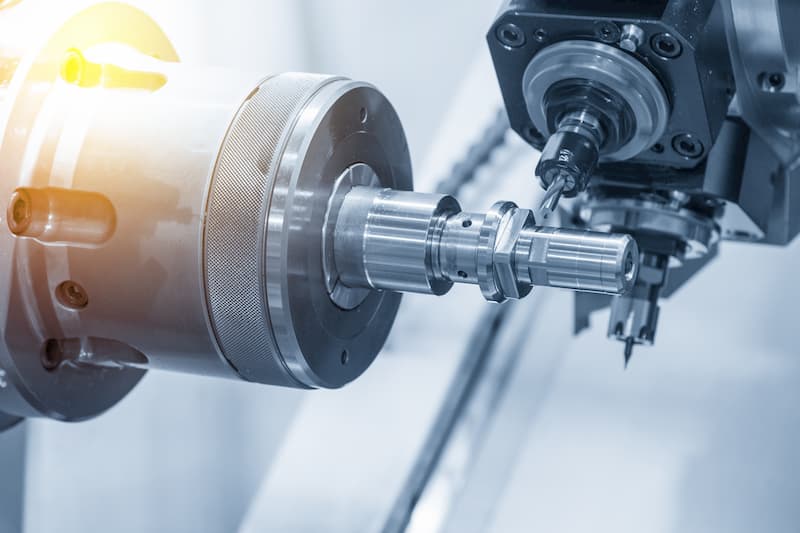
Introduction to Lathes
A lathe is a machine tool that spins a workpiece about an axis of rotation to perform various operations such as cutting, sanding, knurling, drilling, or deformation with tools that are applied to the workpiece to create an object with symmetry about that axis. Whether in woodturning, metalworking, or even glassworking, lathes play a crucial role in shaping materials to precise specifications.
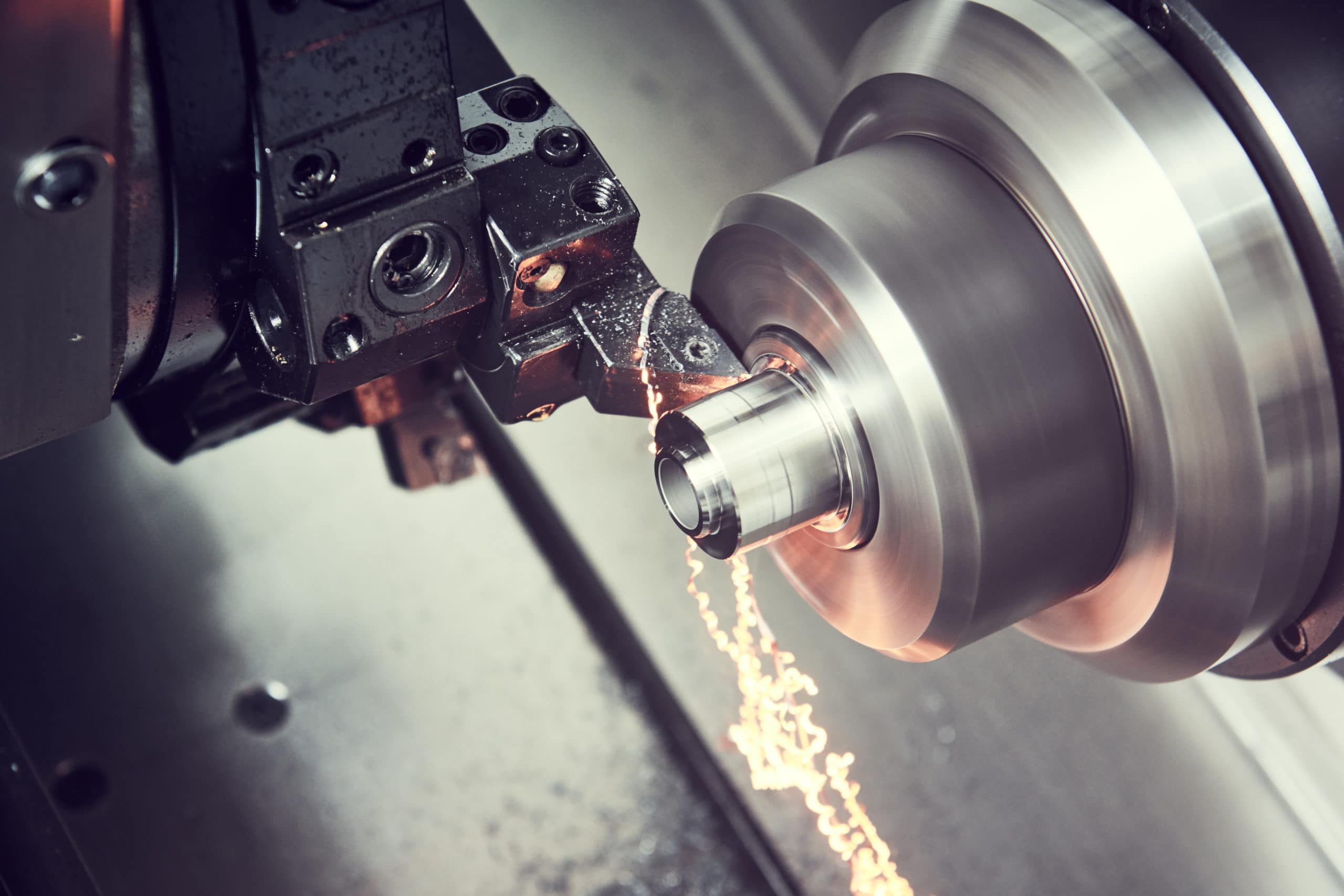
Basic Operations of Lathes
Turning
Turning is one of the primary operations performed on a lathe. In this process, material is removed from the outside of a workpiece to decrease its diameter.
Facing
During facing, the tool moves perpendicularly across the end of the workpiece to smooth or square the end of the part.
Parting
Parting is a process used to cut off a piece of the workpiece. It involves moving a parting tool in a transverse direction.
Drilling
Drilling on a lathe involves creating a hole axially into the workpiece with a drill bit.
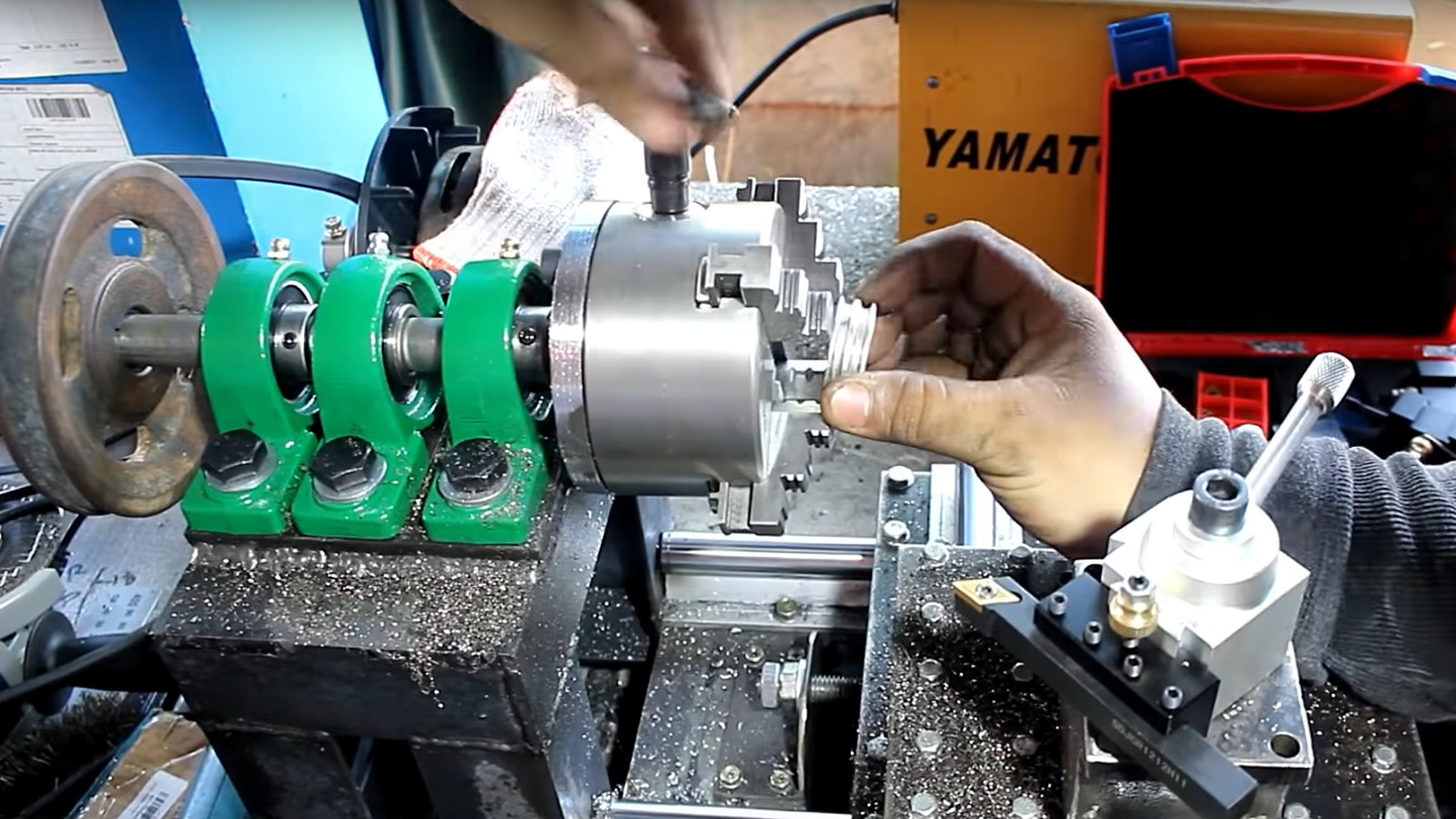
Advanced Applications of Lathes
High-Speed Genetic Analysis
Lathes are used in the production of components for high-speed genetic analysis tools. For more information, see Genetic Analysis.
Semiconductor Wafer Polishing
The precision offered by lathes makes them invaluable in the semiconductor industry, particularly in wafer polishing. More details can be found here.
Paint and Coating Application
Lathes are also involved in paint and coating applications, ensuring a smooth finish. Look into Paint and Coating for more insights.
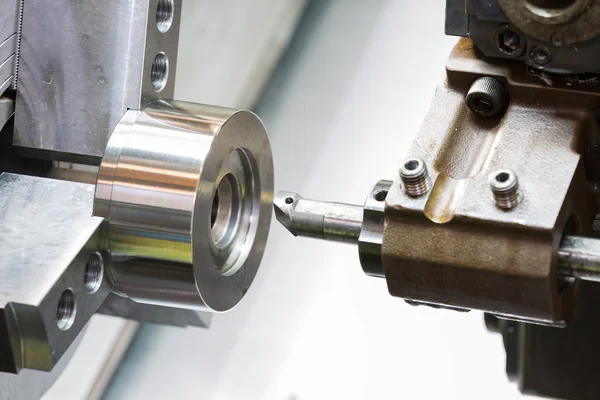
Material Compatibility
One of the reasons lathes are so widely used is their ability to work with a range of materials. These include:
- Wood
- Metal
- Plastic
- Glass
Types of Lathes
Engine Lathes
Engine lathes are versatile and can perform a range of turning, facing, and drilling operations. They are commonly used in general machining.
Turret Lathes
Turret lathes allow for repetitive production of duplicate parts due to the multiple cutting tools mounted on a turret.
CNC Lathes
Computer Numerical Control (CNC) lathes offer enhanced precision and automation, making them ideal for producing complex geometries.
Advantages of Using Lathes
Precision
Lathes provide high levels of precision, which is crucial in applications like electronics and aerospace.
Flexibility
The ability to achieve various operations like turning, drilling, and cutting makes lathes highly flexible.
Efficiency
Modern CNC lathes provide high-efficiency levels, reducing production times and costs.
Industries That Use Lathes
Automotive
In the automotive sector, lathes are used to produce components like crankshafts and camshafts.
Aerospace
The aerospace industry relies on lathes for producing highly precise parts for aircraft and spacecraft.
Medical
Medical equipment, including prosthetics and surgical instruments, is often manufactured using lathes.
Electronics
Lathes are used to create components for electronic devices, from circuit boards to connectors.
Maintaining Your Lathe
Regular maintenance of a lathe includes:
- Lubrication of moving parts
- Regular cleaning
- Inspection of cutting tools
- Calibration checks
Recent Technological Advances
AI Integration
Artificial Intelligence is being integrated into lathes for enhanced precision and automation.
IOT Application
Internet of Things (IoT) is being applied to monitor and improve the efficiency of lathes in real-time.
Conclusion
In summary, lathes are versatile and indispensable tools in modern manufacturing. From basic operations like turning and facing to complex applications in aerospace and medical industries, lathes make precise and efficient production possible. With technological advancements like AI and IoT, the future of lathes looks brighter than ever.
FAQs
What are lathes mainly used for?
Lathes are primarily used for shaping and machining materials into precise forms.
Can lathes be used on non-metal materials?
Yes, lathes can work on materials like wood, plastic, and even glass.
What industries benefit the most from using lathes?
Industries like automotive, aerospace, medical, and electronics greatly benefit from lathes.
For further reading on lathes, visit this article.
